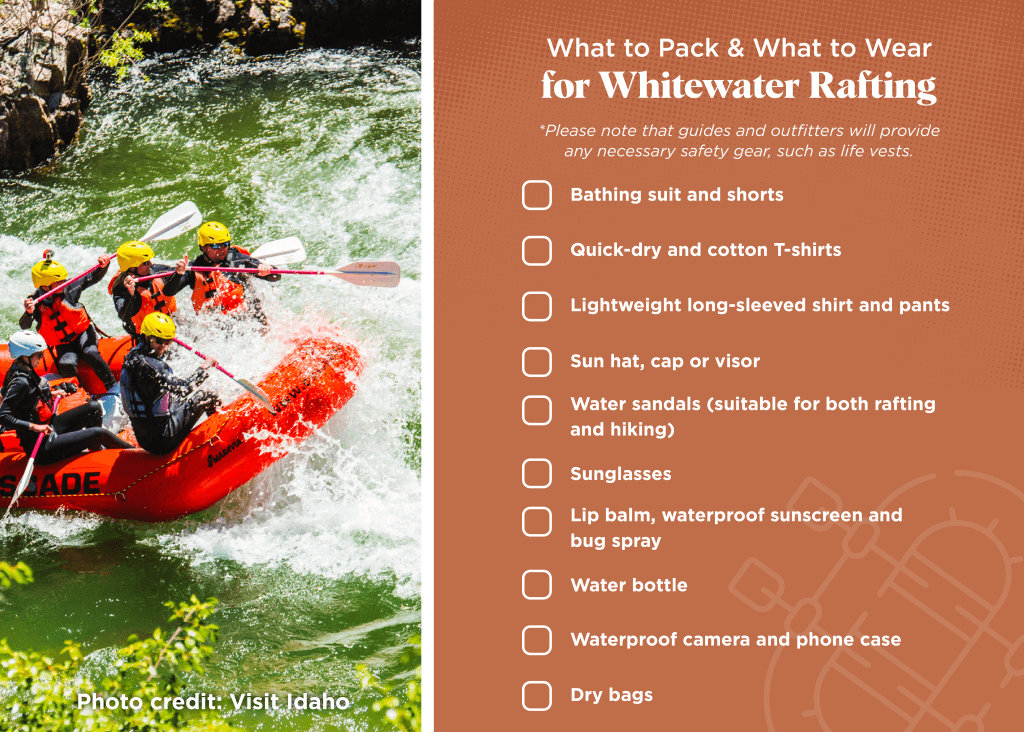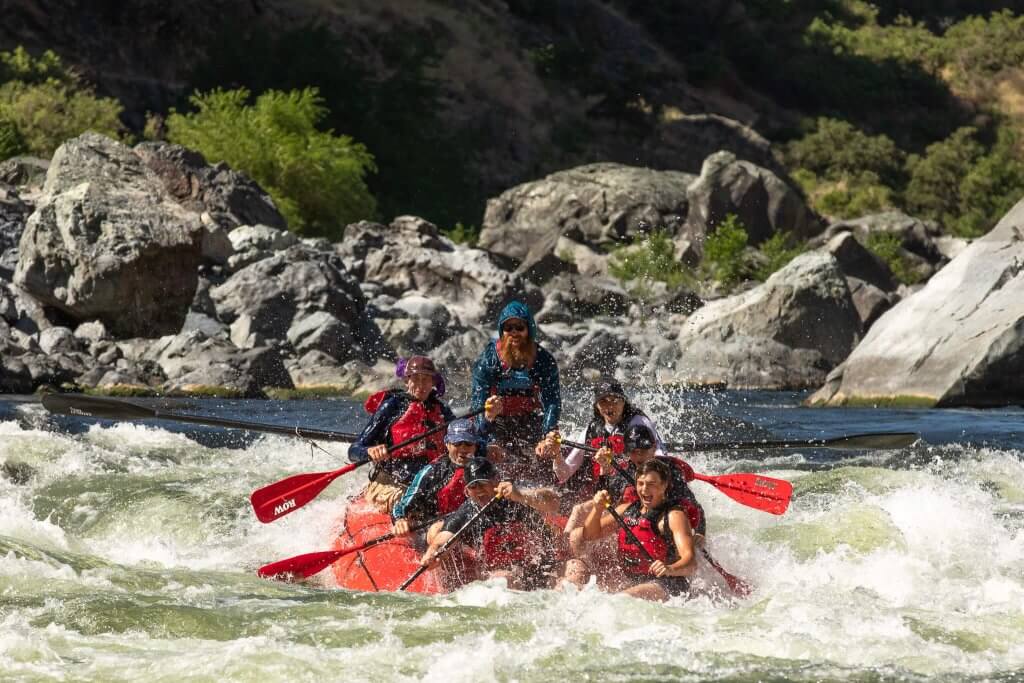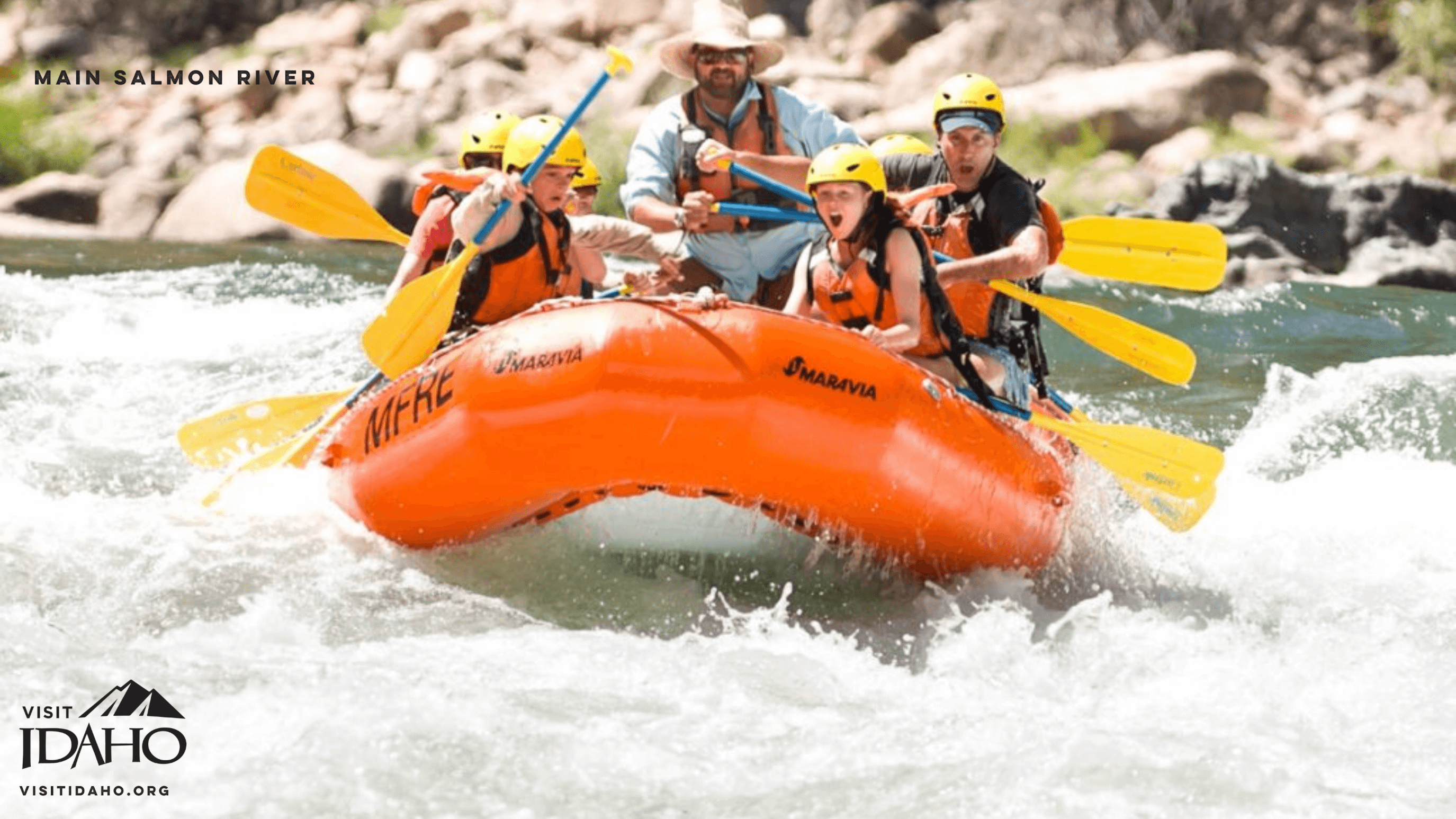Not only were the first commercial river rafting trips in the United States launched in Idaho, but Idaho also has the most river sections to go rafting on! No other state can claim as many recreational river miles as Idaho. The American Whitewater Affiliation counts over 3,100 whitewater river miles in the state.
Families enjoy fun excursions on rivers such as the Main Salmon, Lower Salmon, Main Payette, North Fork of the Payette, Moyie and St. Joe rivers. Sightseers like quiet, flat water floats on waterways such as the Clearwater and Boise rivers and the Snake River in the Morley Nelson Snake River Birds of Prey National Conservation Area. Whitewater seekers gravitate toward the Snake River (which runs through Hells Canyon and southern Idaho) along with the Middle Fork of the Salmon, South Fork of the Payette, Lochsa, Selway, Bruneau and Jarbidge rivers.











